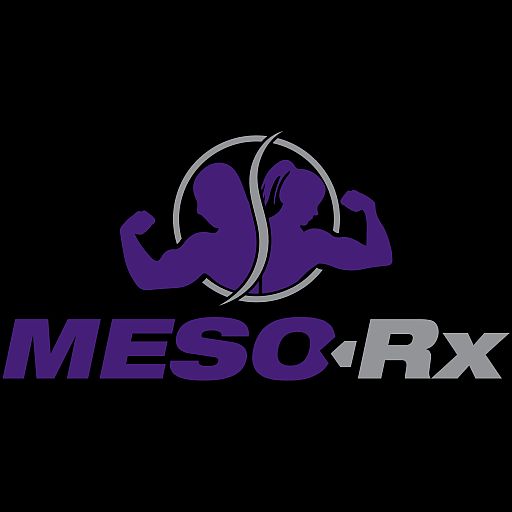I don't know what you are trying to get at. E2 is one of the theories behind why haematocrit rises when you use exogenous androgen. The lowering MCH and MCV and increasing RDW tells me some erythropoiesis is happening. Testosterone has a few more theories, one of which you posted. There are studies that show E2 promoting haematopoietic stem cell proliferation. you can google them. He asked What he should be concerned about and has been told.

Pubertal upregulation of erythropoiesis in boys is determined primarily by androgen
To study the relative roles of androgens and the growth hormone–insulin-like growth factor I (GH-IGF-I) system in the regulation of erythropoiesis in …
Study design
We treated 23 boys with constitutional delay of puberty with low-dose testosterone (T), in combination with either a potent aromatase inhibitor, letrozole (Lz; 2.5 mg/d), or placebo (P). The study design was randomized, double-blinded, and placebo-controlled between the treated groups. Treatment with T + Lz was associated with high T and low IGF-I concentrations, whereas treatment with T + P resulted in moderately increased T and high IGF-I concentrations.
Circulating T alone is capable of and sufficient to influence erythropoiesis, especially at supraphysiological dosage, while circulating E2 have not the same effect on erythropoietic parameters, suggesting the hypothesis that the erythropoietic changes induced by androgens are not mediated via its aromatization to estrogens.
Aromatase Inhibitor-Induced Erythrocytosis in a Patient Undergoing Hormonal Treatment for Breast Cancer
Aromatase inhibitors (AIs) are most commonly used for breast cancer patients with hormone receptor positive disease. Although the side effect profile of aromatase inhibitors is well known, including common side effects like arthralgia, bone pain, arthritis, hot flashes, and more serious problems...
Had to attach this...
Crack plus AI not a great combo.
At the time of consultation, she reported feeling well except for intermittent headaches and difficulty sleeping. She denied neurologic, cardiovascular, and respiratory symptoms. She had no erythromelalgia or constitutional symptoms. She also had no evidence of bleeding diathesis or recent infections. She smoked crack cocaine about twice per week and also endorsed drinking about 3 to 12 ounces of beers daily. She had a 2-pack-year smoking history but quit 1 year prior to consultation. She endorsed using marijuana.
T vs DHT
Last edited:


